Home>Maintenance & Safety>Safety Equipment & Products>How To Childproof A Bathroom
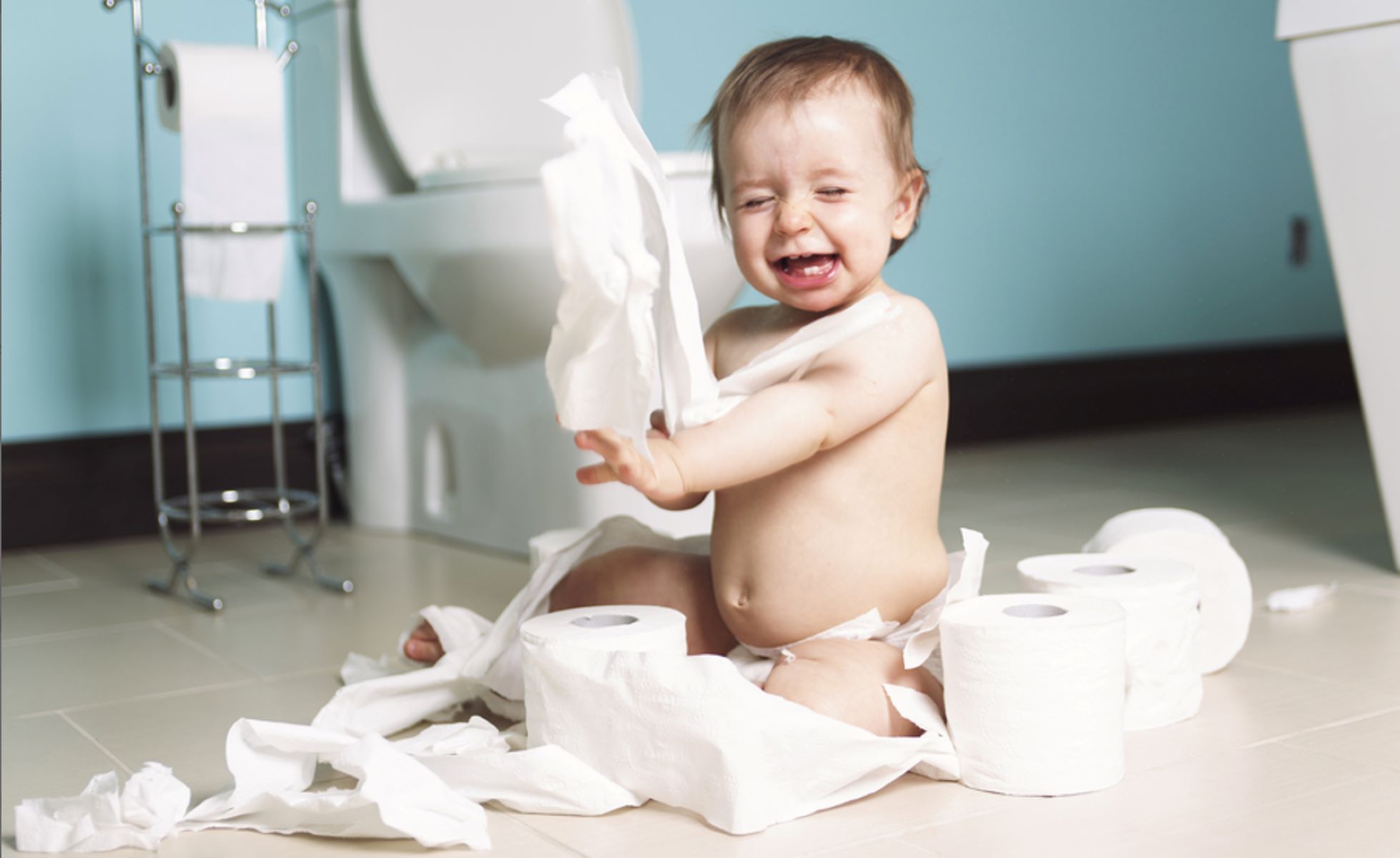

Safety Equipment & Products
How To Childproof A Bathroom
Modified: January 6, 2024
Discover essential safety equipment and products for childproofing your bathroom. Keep your little ones safe with these practical tips and solutions. Find out how to create a secure environment for your family.
(Many of the links in this article redirect to a specific reviewed product. Your purchase of these products through affiliate links helps to generate commission for Storables.com, at no extra cost. Learn more)
Introduction
Welcome to the bustling world of parenthood, where every room in your home transforms into a potential playground for your little explorers. Among these spaces, the bathroom stands out as a place of both wonder and potential hazards. As a loving and vigilant parent, it’s essential to create a safe haven within your bathroom to protect your child from any potential dangers. In this comprehensive guide, we’ll explore the various ways to childproof your bathroom, ensuring that it remains a secure and enjoyable space for your little ones.
As you embark on this childproofing journey, remember that the goal is not to strip the bathroom of its functionality or charm. Instead, it’s about striking a balance between safety and practicality, allowing your child to explore and learn within a secure environment. So, let’s dive into the world of bathroom safety, where we’ll assess the risks, install essential safety features, secure cabinets and drawers, prevent drowning hazards, and select the safest bath products for your precious little one.
By the end of this guide, you’ll feel empowered with the knowledge and tools to transform your bathroom into a secure sanctuary for your child, fostering both their independence and safety.
Key Takeaways:
- Childproofing the bathroom involves installing safety features, securing cabinets, preventing drowning hazards, and choosing safe bath products to create a secure and nurturing environment for your little one.
- By implementing safety measures in the bathroom, parents can protect their child from harm, foster a sense of security, and create a positive and supportive environment for their family.
Read more: What Makes Childproof Containers Childproof?
Assessing the Risks
Before delving into the specific safety measures, it’s crucial to understand the potential risks present in your bathroom. By identifying these hazards, you can effectively address them, creating a safer environment for your child.
Slip and Fall Hazards: The bathroom floor, often tiled and smooth, poses a significant risk of slips and falls, especially for young children. Additionally, water splashed from the bath or sink can further increase the likelihood of accidents.
Access to Hazardous Items: Many bathrooms house a variety of potentially harmful items, including medications, cleaning products, sharp implements, and electrical appliances. Children’s curiosity may lead them to explore these items, posing a significant danger.
Drowning Hazards: Even a small amount of water in a bathtub or sink can pose a drowning risk for young children. It only takes a few inches of water for a tragic accident to occur.
Sharp Edges and Corners: The presence of countertops, cabinets, and other fixtures with sharp edges and corners can lead to injuries if children accidentally bump into them.
Access to Toilets: Open toilets present a drowning hazard for young children, as well as a potential source of contamination if they play in the water.
By recognizing these risks, you can take proactive measures to mitigate them and create a safer bathroom environment for your child. In the following sections, we’ll explore how to address each of these potential hazards effectively.
Installing Safety Features
Now that you’ve identified the potential risks within your bathroom, it’s time to implement essential safety features to mitigate these hazards. By strategically installing these features, you can significantly enhance the overall safety of the space, providing peace of mind for you and a secure environment for your child.
Non-Slip Mats and Decals: Place non-slip mats on the bathroom floor and decals in the bathtub to minimize the risk of slips and falls. These simple additions can provide crucial traction, especially when the floor is wet.
Childproof Latches and Locks: Install childproof latches on cabinets and drawers to prevent access to hazardous items such as medications, cleaning products, and sharp implements. Additionally, consider placing locks on toilet seat lids to prevent unsupervised access to the toilet.
Outlet Covers: Cover all electrical outlets in the bathroom with childproof outlet covers to prevent accidental shocks or tampering with electrical devices.
Temperature Control Devices: Install anti-scald devices on faucets and showerheads to regulate water temperature and prevent burns. These devices are especially important to protect young children from hot water accidents.
Grab Bars and Handrails: Consider installing grab bars and handrails near the bathtub and toilet to provide support for both children and adults, reducing the risk of falls and injuries.
By incorporating these safety features into your bathroom, you can proactively address the identified risks and create a safer environment for your child. These measures not only enhance safety but also promote a sense of security and comfort for your entire family.
Securing Cabinets and Drawers
Children’s innate curiosity often leads them to explore every nook and cranny within their reach, including the cabinets and drawers in your bathroom. To prevent access to potentially hazardous items, it’s essential to secure these storage spaces effectively.
Childproof Latches and Locks: Install childproof latches on all cabinets and drawers within your bathroom. These latches are designed to prevent little hands from accessing items such as medications, cleaning products, and sharp implements. Choose latches that are sturdy and reliable, yet easy for adults to operate when needed.
Safe Storage Practices: Store all medications and cleaning products in locked cabinets, out of reach and sight of children. Consider organizing these items in high cabinets or shelves, further reducing the risk of accidental access.
Secure Heavy or Sharp Items: If your bathroom cabinets contain heavy or sharp items, ensure that they are stored securely to prevent accidental spills or injuries. Utilize storage containers or organizers to keep these items stable and out of reach.
Regular Safety Checks: Routinely inspect the latches and locks on your cabinets and drawers to ensure they remain in good working condition. Over time, these mechanisms may require maintenance or replacement to uphold their effectiveness.
By securing your bathroom cabinets and drawers, you can create a safer environment for your child, minimizing the risk of accidental exposure to harmful substances or objects. These measures not only enhance safety but also provide peace of mind for you as a parent, knowing that potentially hazardous items are safely out of reach.
Install safety locks on cabinets and drawers to keep harmful chemicals and medications out of reach. Also, use non-slip mats in the bathtub and on the floor to prevent falls.
Preventing Drowning
The risk of drowning, even in shallow water, is a significant concern for young children, making it crucial to implement measures to prevent potential water-related accidents in the bathroom.
Supervision and Vigilance: Never leave a child unattended in the bathroom, especially during bath time. Continuous supervision is essential to ensure your child’s safety and prevent any potential water-related accidents.
Use of Non-Slip Mats: Place non-slip mats both inside and outside the bathtub to provide traction and reduce the risk of slipping when entering or exiting the bath. These mats can help prevent falls that may lead to submersion in the water.
Water Level Awareness: When drawing a bath, be mindful of the water level. Avoid filling the bathtub to a depth that may pose a drowning risk for your child. Additionally, always test the water temperature before allowing your child to enter the bath to prevent scalding accidents.
Childproof Door Locks: Install childproof locks on the bathroom door to prevent unsupervised access to the bathroom, particularly during bath time. These locks can provide an additional layer of security, ensuring that your child cannot enter the bathroom without supervision.
Education and Communication: Teach your child about water safety from an early age. Emphasize the importance of never entering the bathroom without an adult and the potential dangers of unsupervised water play.
Immediate Drainage: After bath time, promptly drain the bathtub to eliminate any standing water. This simple practice reduces the risk of accidental submersion when the bathtub is not in use.
By implementing these preventive measures, you can significantly reduce the risk of drowning incidents in the bathroom, providing a safer environment for your child to enjoy bath time while minimizing potential hazards.
Read more: How To Childproof Windows
Choosing Safe Bath Products
When it comes to your child’s bath time, selecting safe and gentle bath products is paramount to their well-being. From cleansers to toys, choosing the right bath products can enhance your child’s experience while ensuring their safety.
Gentle Cleansers: Opt for mild, hypoallergenic cleansers specifically formulated for children’s delicate skin. Look for products that are free from harsh chemicals, fragrances, and dyes to minimize the risk of skin irritation or allergic reactions.
Non-Slip Bath Mats and Toys: Choose bath mats and toys that are designed to be non-slip to prevent accidents and injuries during bath time. These items should be made from safe, non-toxic materials that are easy to clean and maintain.
Temperature-Sensitive Products: Consider using bath products that indicate water temperature to prevent scalding accidents. These innovative products change color or display warnings if the water temperature exceeds a safe range, providing an additional layer of protection.
Organic and Natural Options: Explore organic and natural bath product options that are free from harsh chemicals and artificial additives. These products are often gentle on the skin and environmentally friendly, offering a safer bathing experience for your child.
Proper Storage and Drying: After bath time, ensure that bath products and toys are thoroughly dried and stored in a clean, dry area to prevent the growth of mold or bacteria. Regularly inspect and clean bath toys to maintain their safety and hygiene.
Age-Appropriate Products: Select bath products and toys that are suitable for your child’s age and developmental stage. Avoid items with small parts that could pose a choking hazard and prioritize products designed with your child’s safety in mind.
By carefully choosing safe and age-appropriate bath products, you can create a nurturing and secure bath time experience for your child. These thoughtful selections not only prioritize your child’s safety but also contribute to a positive and enjoyable bathing routine for the entire family.
Conclusion
As a parent, safeguarding your child in every aspect of their daily life is a top priority, and the bathroom is no exception. By assessing the potential risks, installing essential safety features, securing cabinets and drawers, preventing drowning hazards, and choosing safe bath products, you can create a secure and nurturing bathroom environment for your little one.
Remember that the goal of childproofing the bathroom is not to instill fear or restrict exploration but to provide a safe space for your child to learn and grow. Through a combination of supervision, preventive measures, and thoughtful product choices, you can transform the bathroom into a sanctuary where your child can enjoy bath time while minimizing potential hazards.
By implementing these safety measures, you’re not only protecting your child from harm but also fostering a sense of security and well-being within your home. These efforts contribute to a positive and supportive environment where your child can thrive and develop essential life skills while feeling safe and valued.
As you embark on this childproofing journey, remember that every family’s needs and circumstances are unique. Tailor the safety measures to suit your specific bathroom layout, your child’s developmental stage, and your family’s routines. By doing so, you’ll create a personalized and effective safety plan that aligns with your family’s lifestyle and values.
Ultimately, by prioritizing your child’s safety in the bathroom, you’re nurturing a sense of trust, care, and protection within your family. Your proactive approach to bathroom safety sets the foundation for a secure and loving environment where your child can thrive, explore, and create cherished memories for years to come.
Frequently Asked Questions about How To Childproof A Bathroom
Was this page helpful?
At Storables.com, we guarantee accurate and reliable information. Our content, validated by Expert Board Contributors, is crafted following stringent Editorial Policies. We're committed to providing you with well-researched, expert-backed insights for all your informational needs.
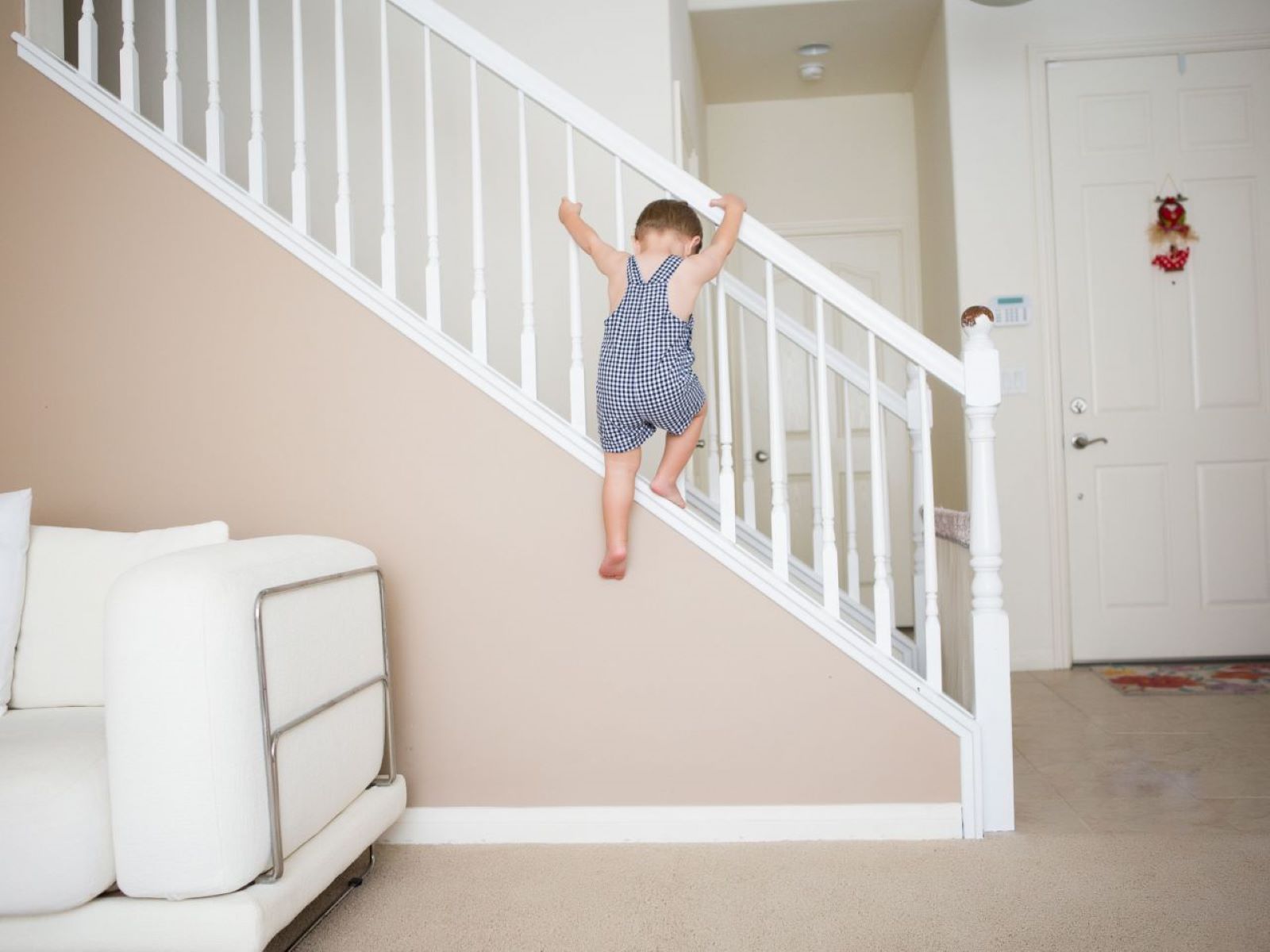
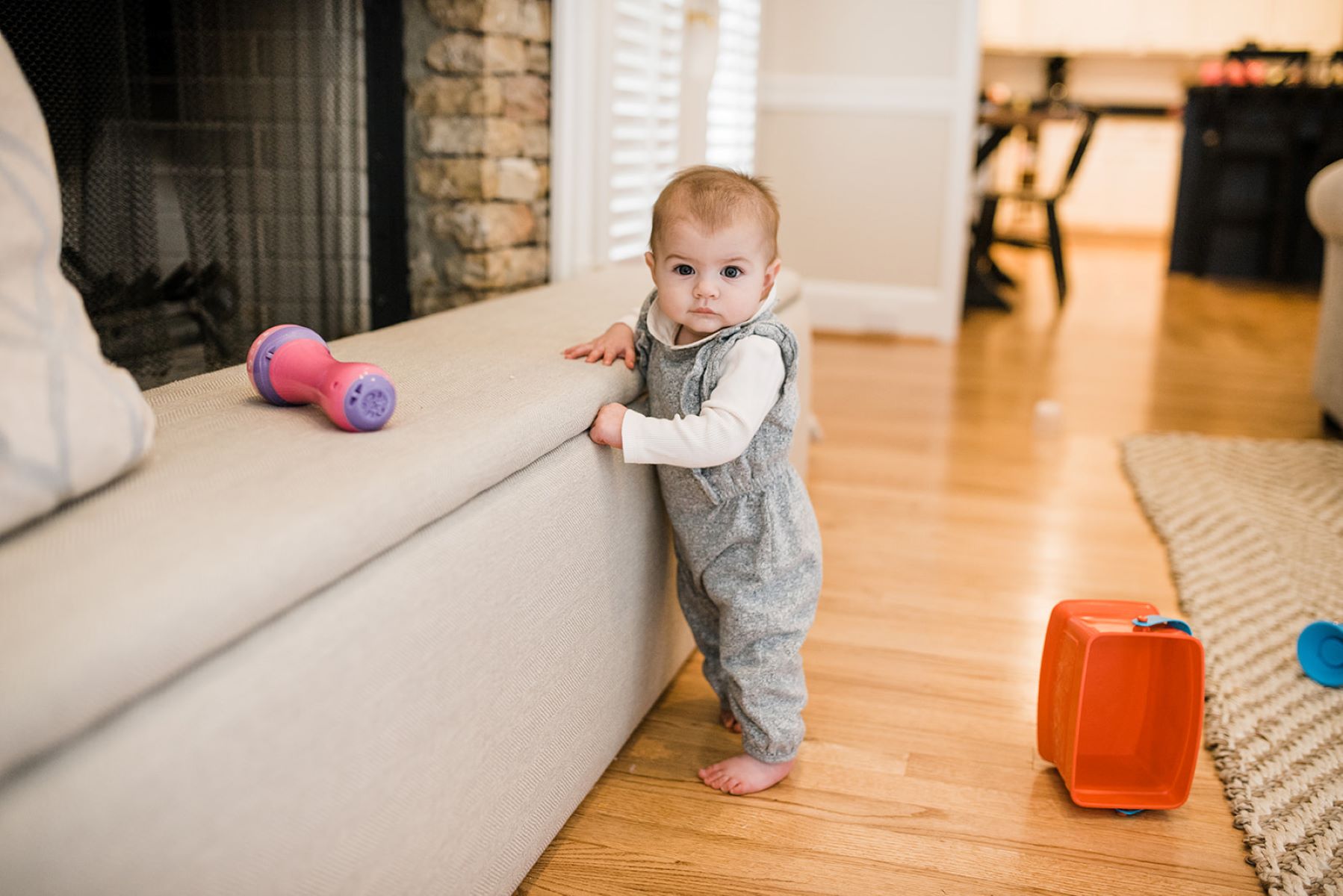
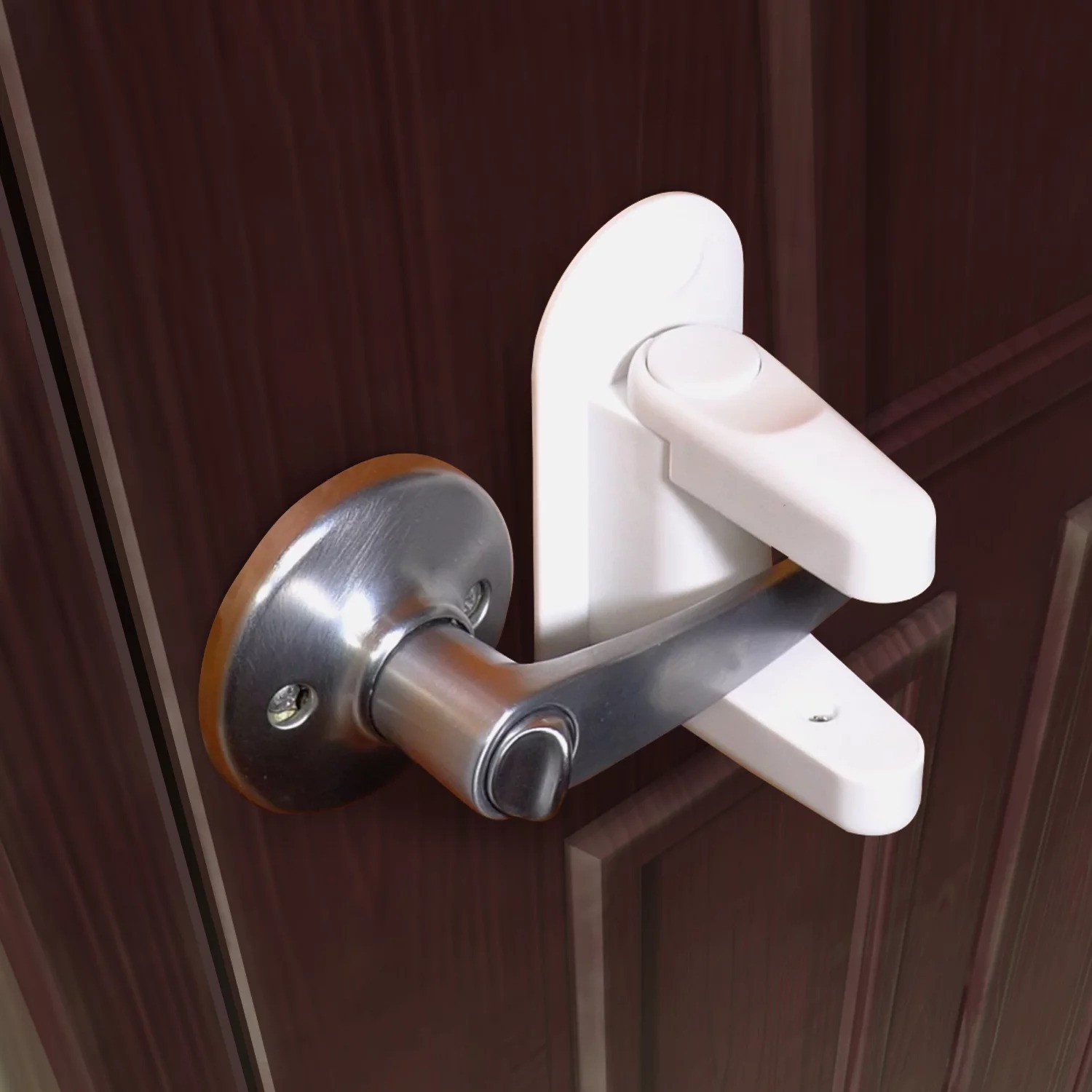
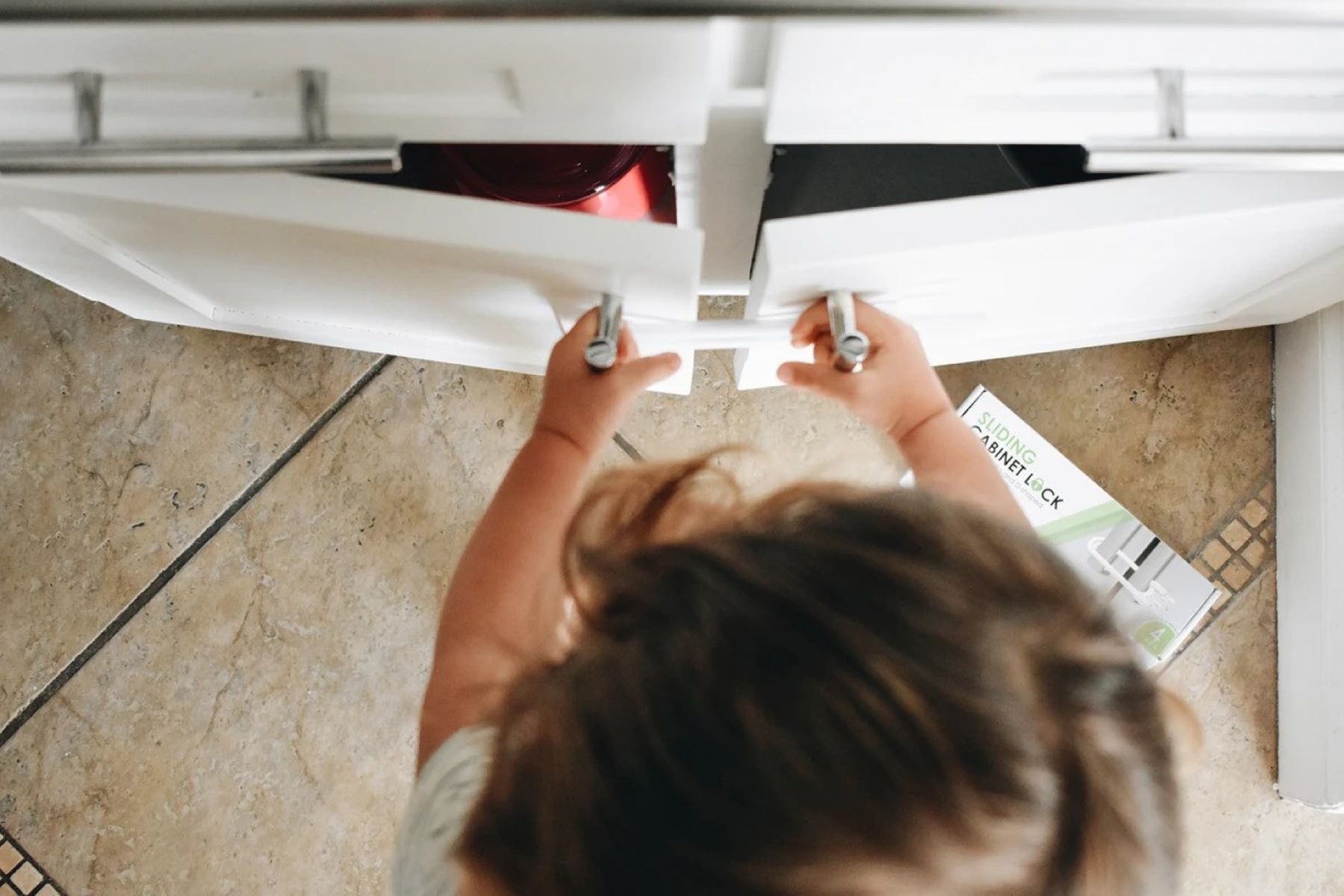
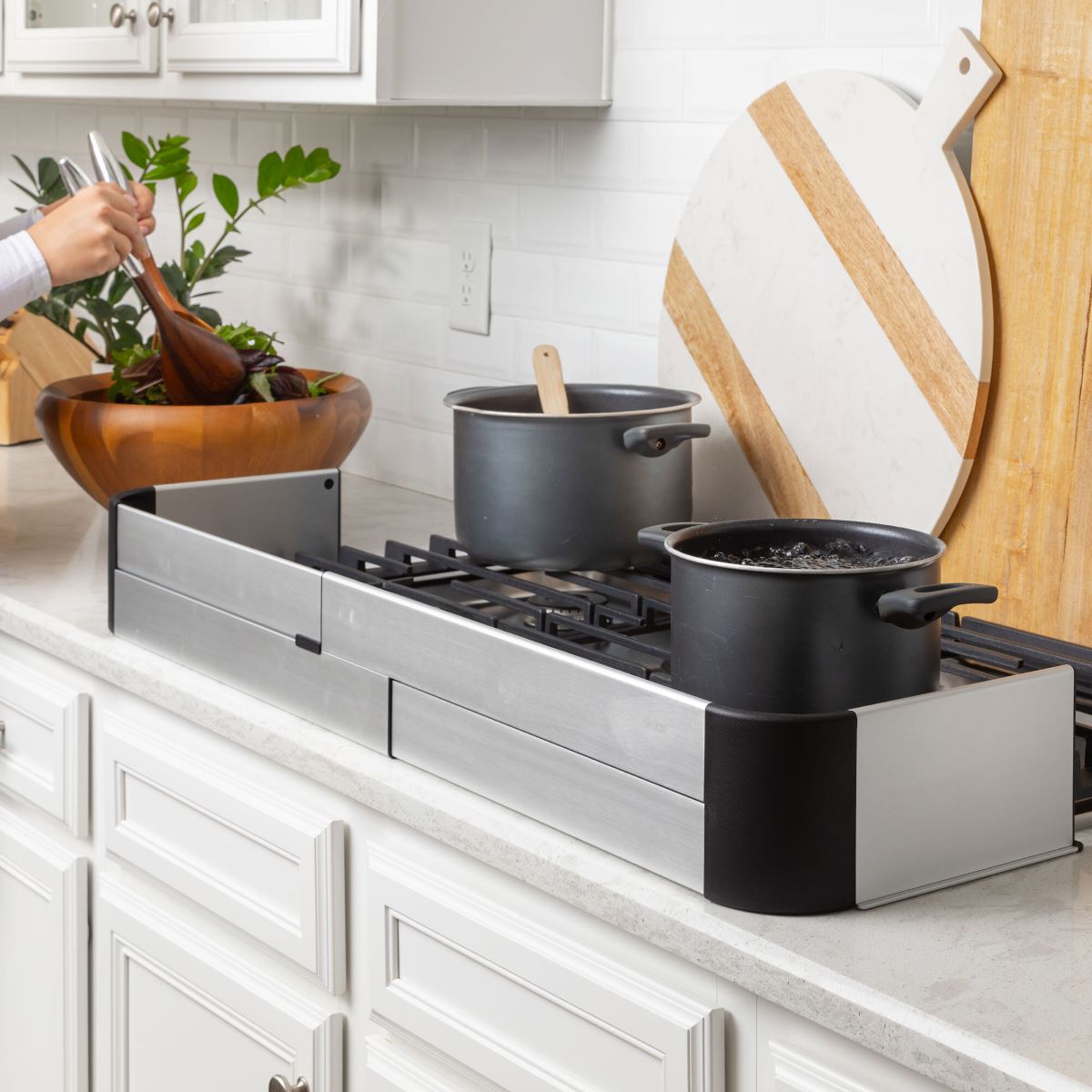
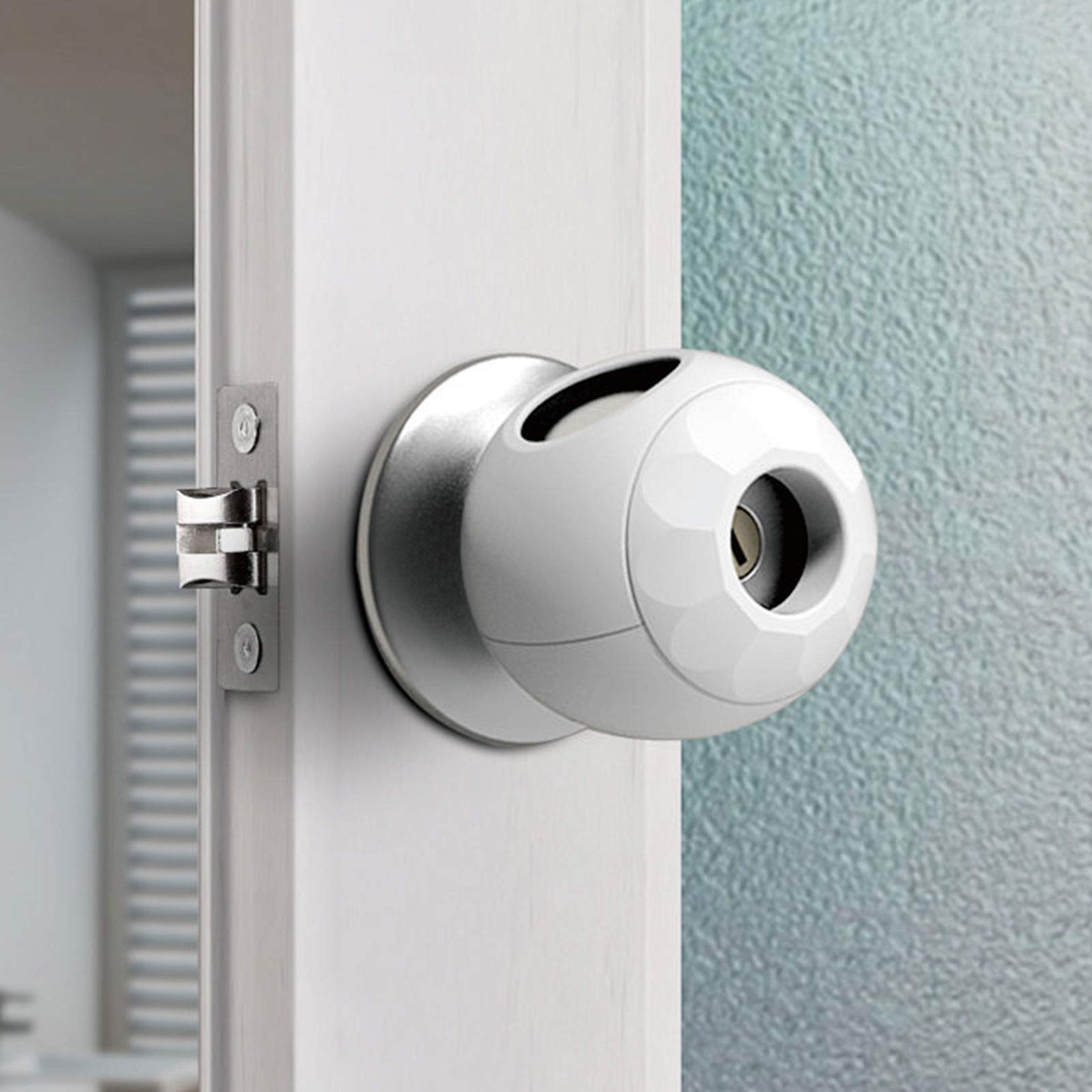
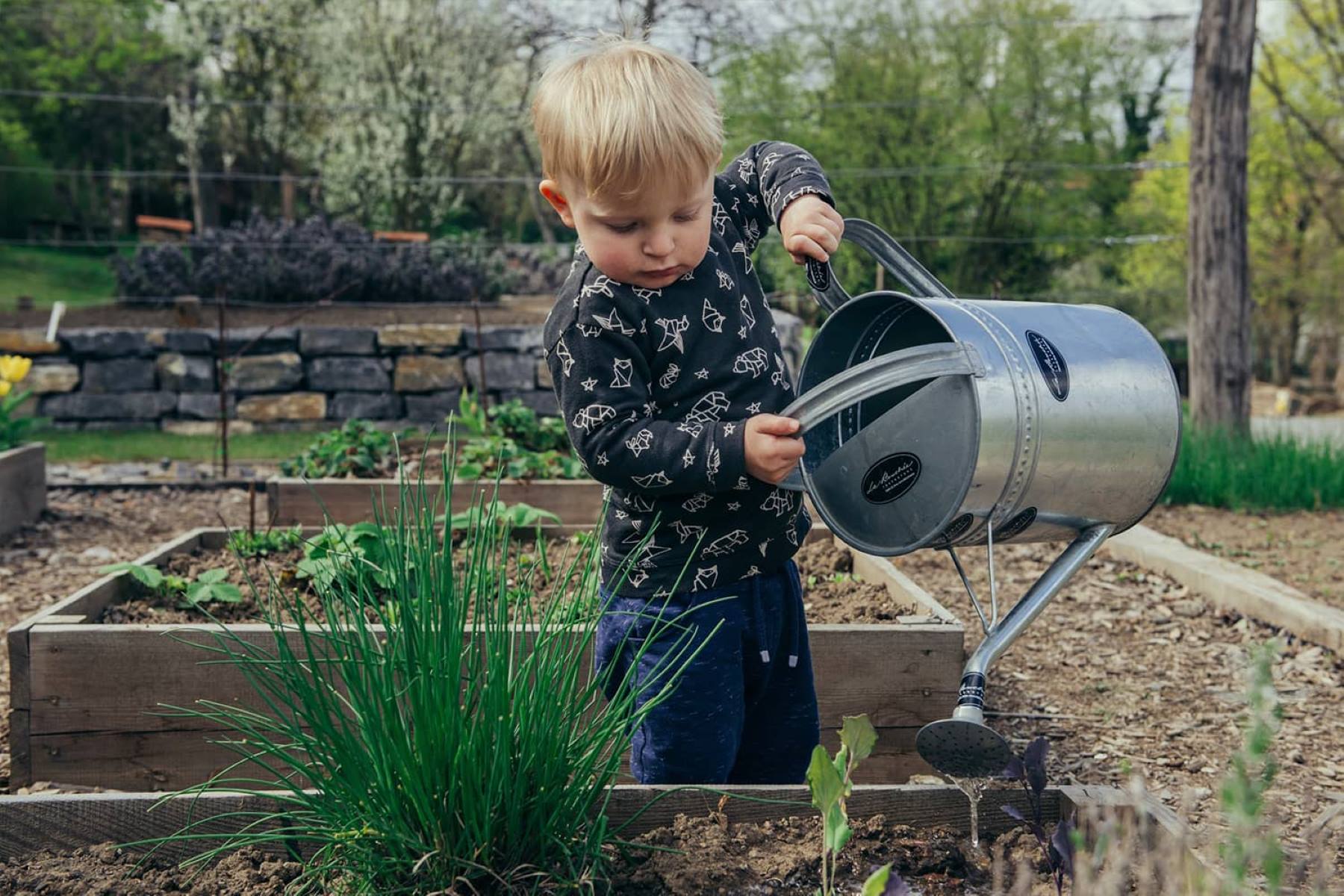
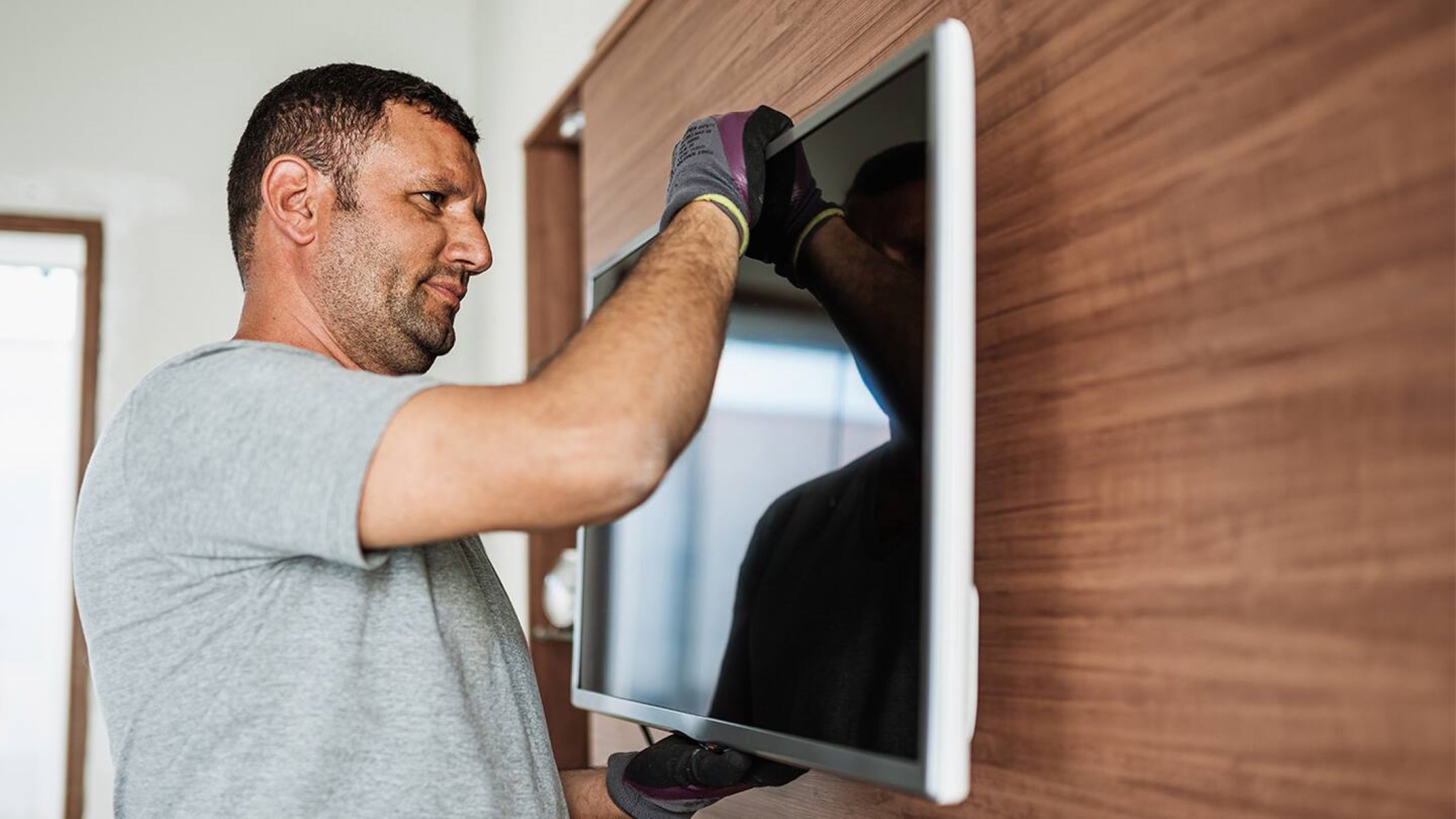
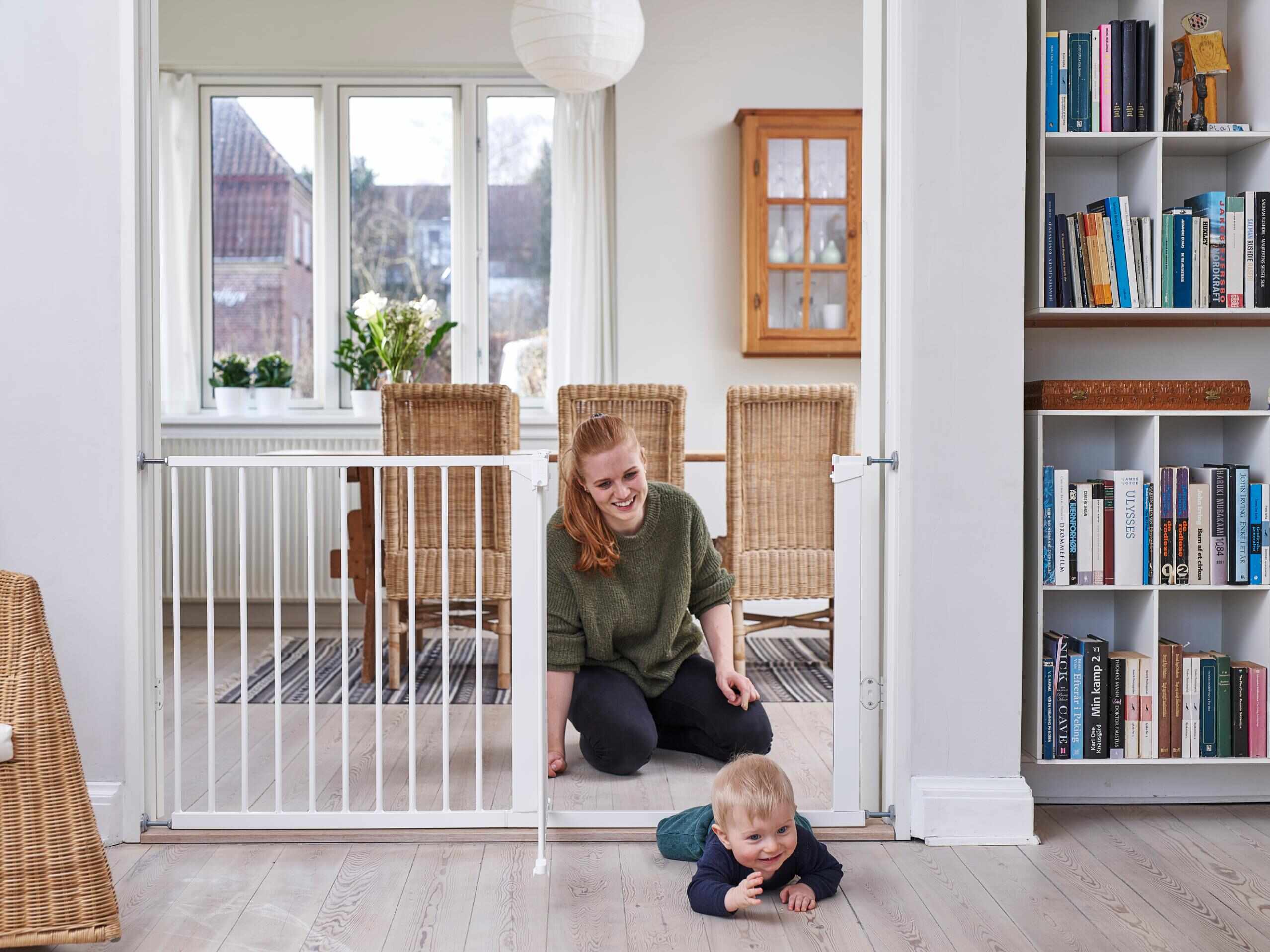
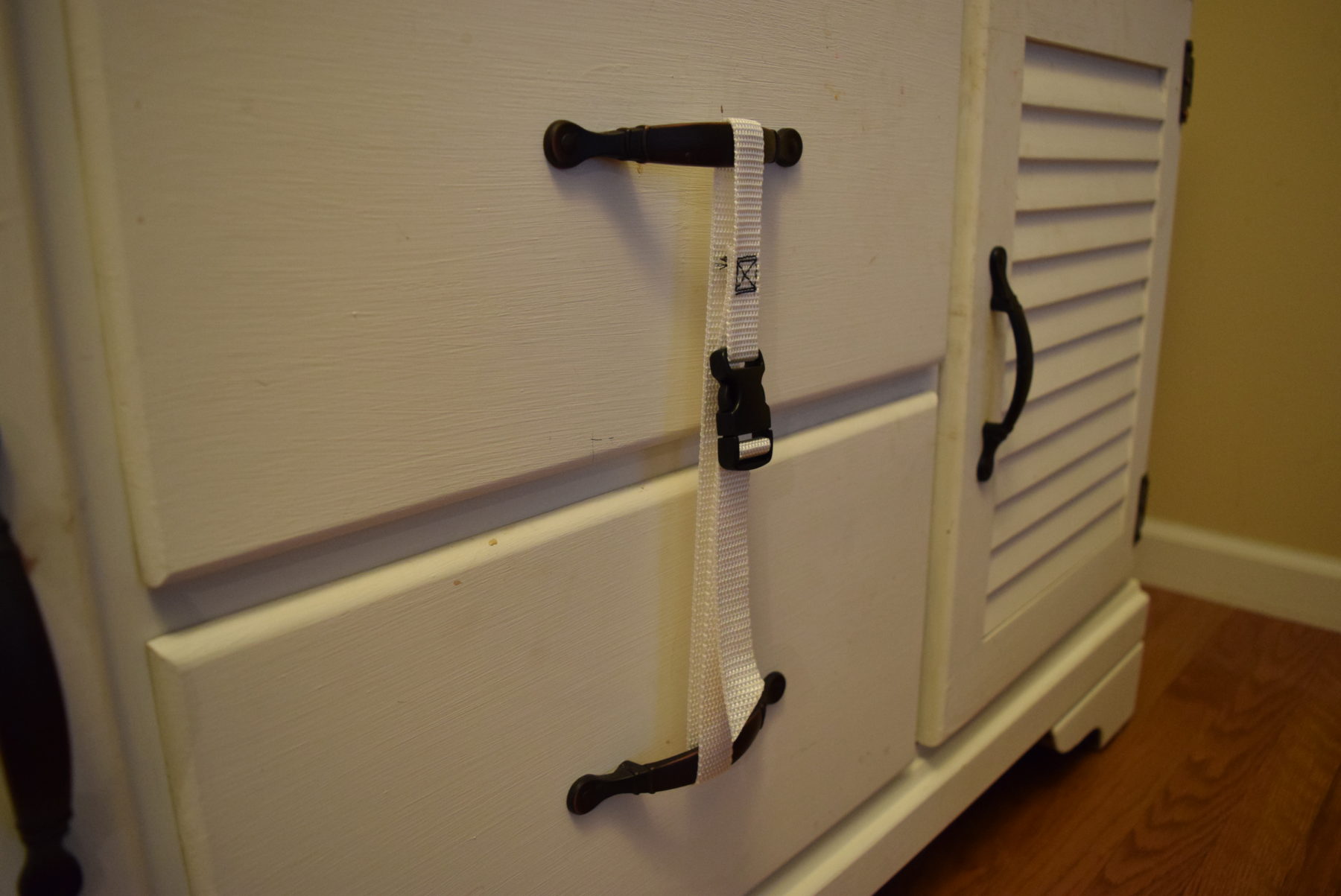
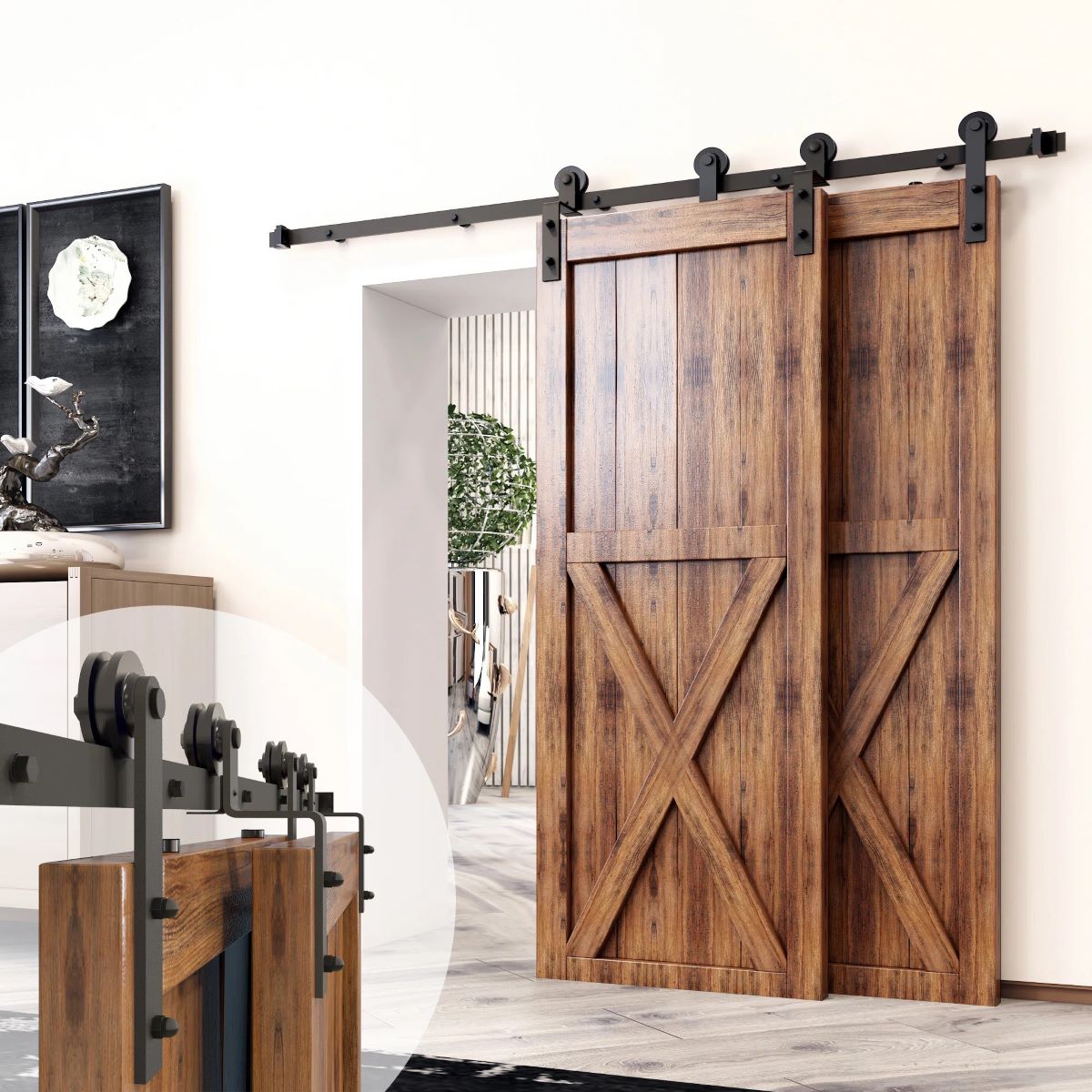
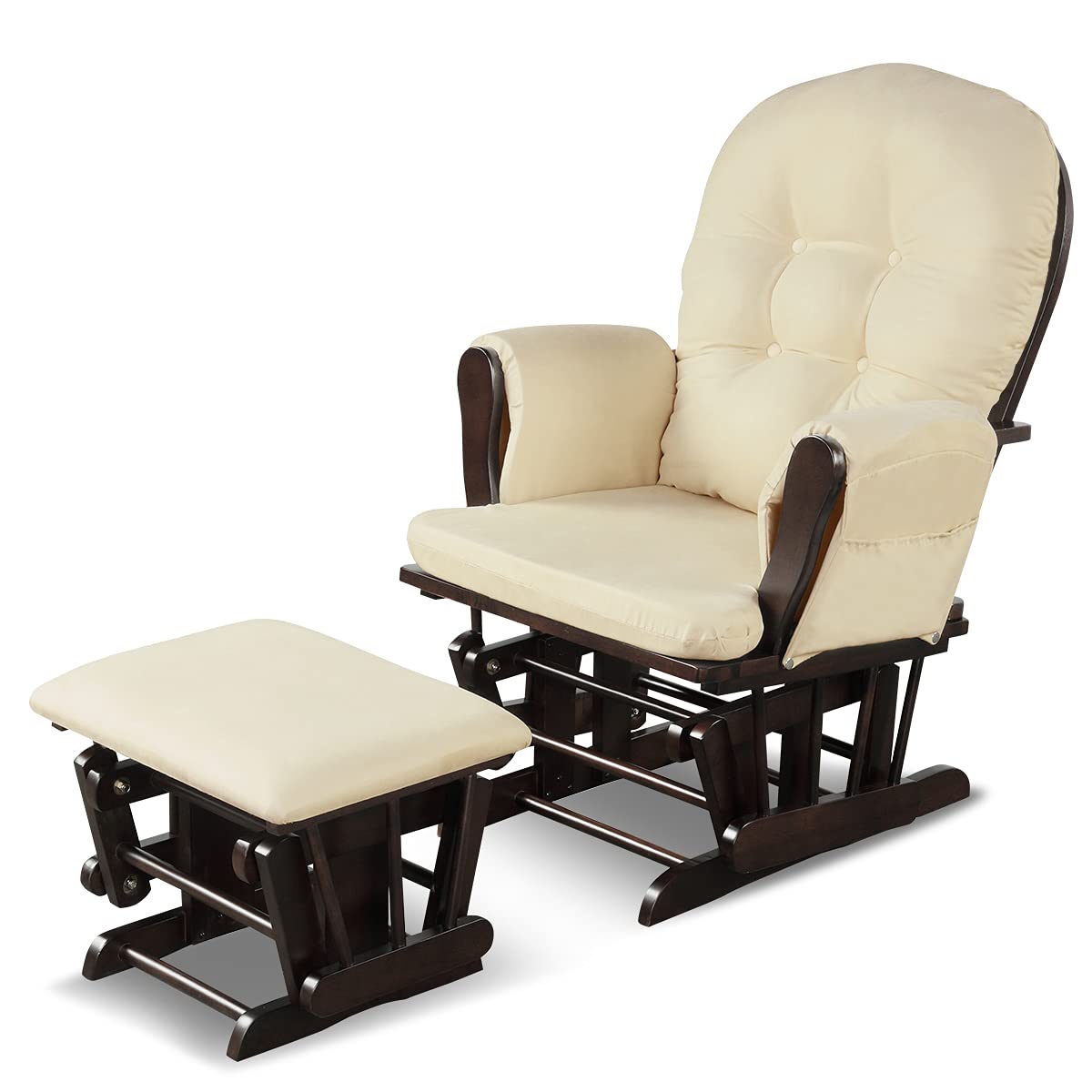
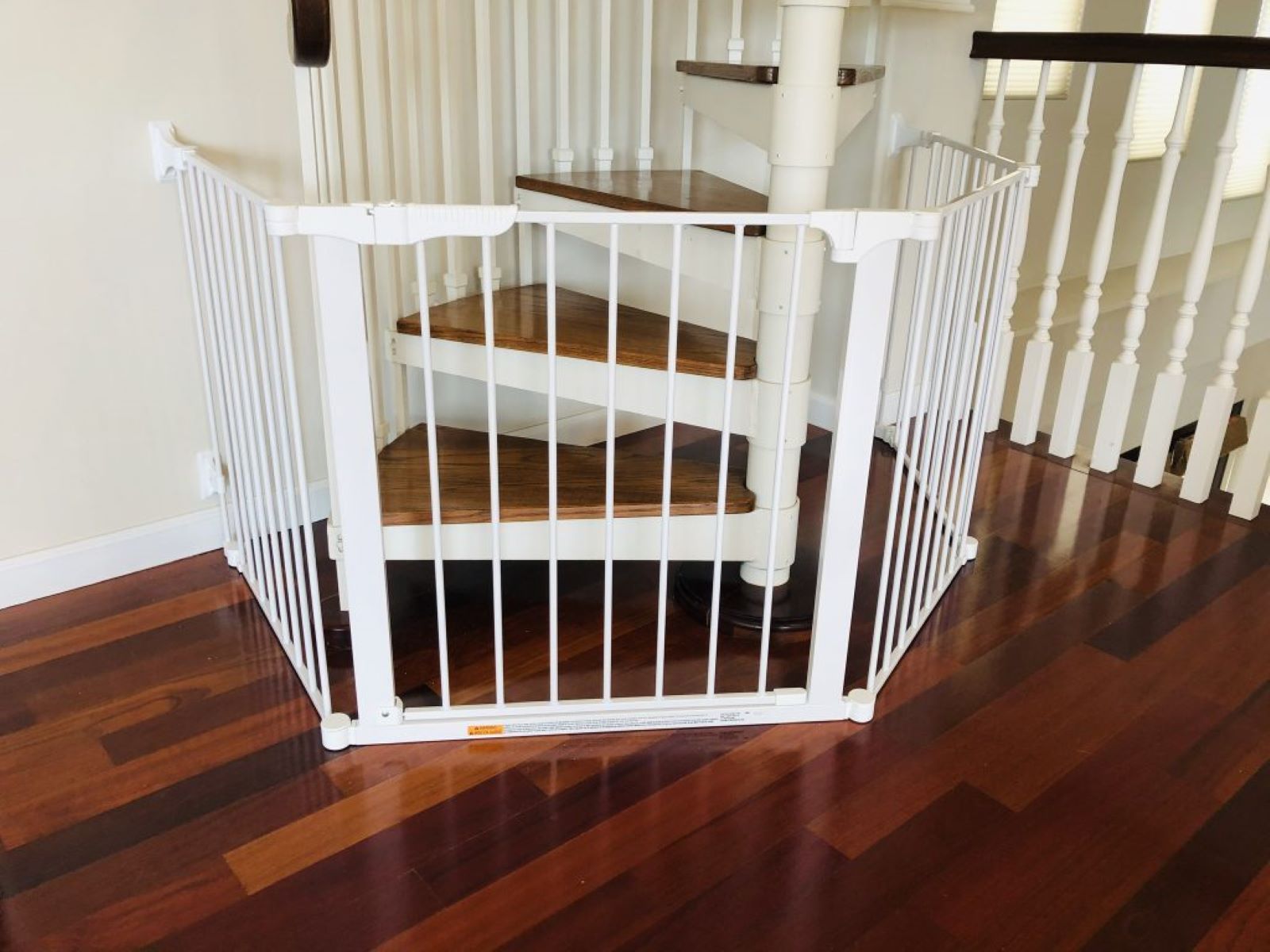
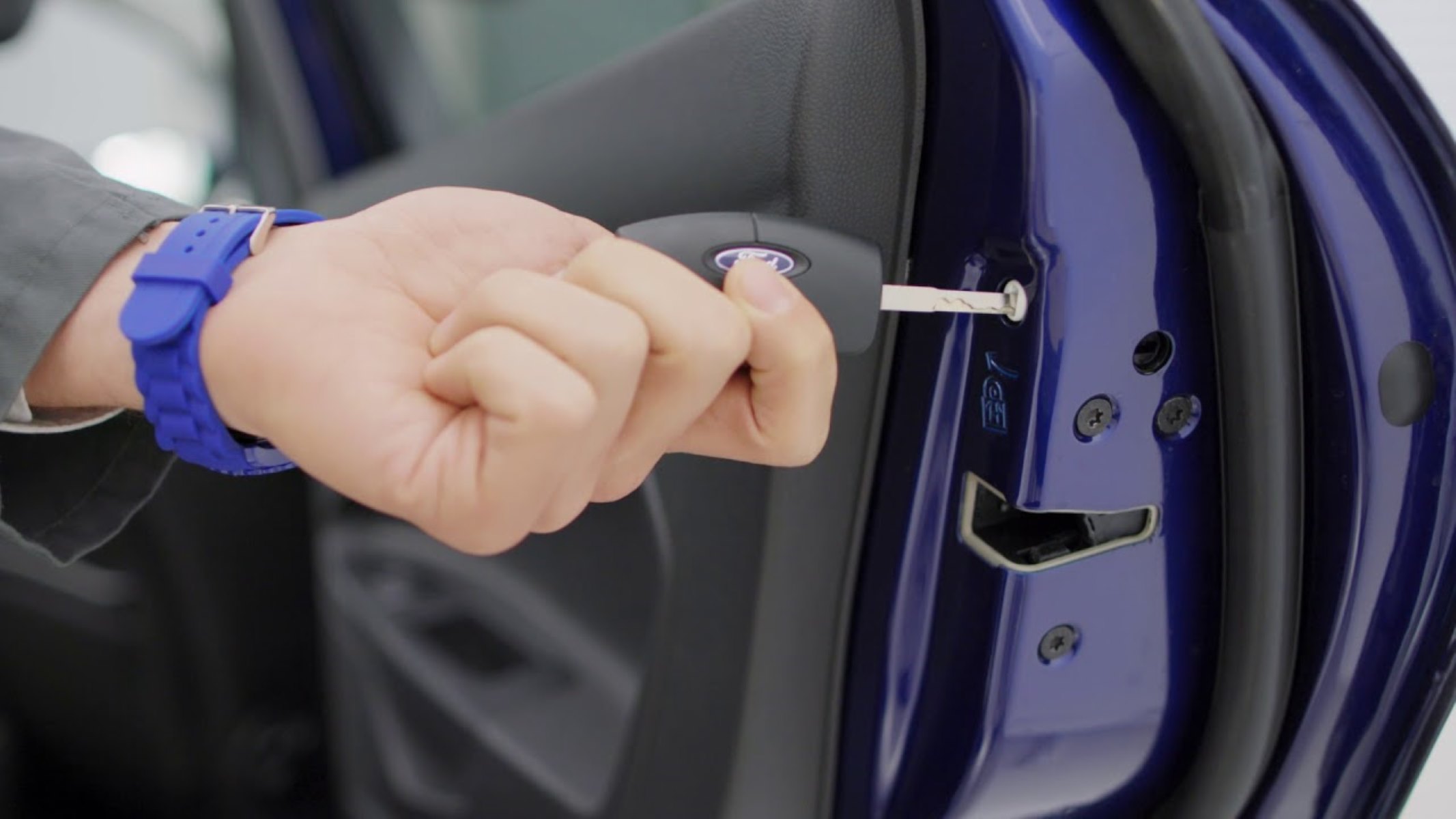

0 thoughts on “How To Childproof A Bathroom”